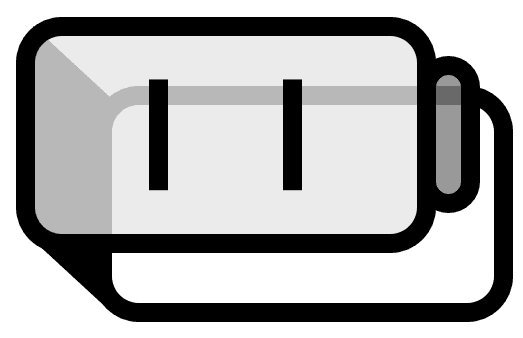Principle of the Compton Camera
Principles
The Compton camera uses Compton scattering to locate materials emitting gamma rays. It is also called the Compton telescope or Compton imager.
On the right side of the figure, the Compton camera is simply represented by two detectors. The detectors measure the energy of the gamma rays, with scattering of the gamma rays occurring at the first detector. The black square on the left side of the figure is the object whose internal structure desires to be understood without destruction. Concrete examples include the human body, container boxes, etc. The goal is to determine whether there is radioactive material inside the object and, if so, where it is located.

Let’s say that the radiation has been measured as shown in the figure above. Then, since light travels the shortest distance, it’s clear that it has moved along the path shown in the figure. Suppose the energy before the gamma rays scatter at the first detector is $E$, and the energy after the gamma rays scatter at the second detector is $E^{\prime}$.
$$ \cos \theta = 1-\frac{m_{e}c^{2}(E-E^{\prime})}{E^{\prime}E} $$
Then, through the Compton scattering formula, we can find out the scattering angle $\theta$. From this, thinking inversely, we can predict the original path of the gamma rays before scattering as shown in the figure below.
Then, we can assume that the gamma rays came from somewhere within the parts marked in red. This means that the material emitting radiation is located somewhere within the area marked by the red lines. Collecting such information and computing it with a computer allows us to figure out the concrete internal structure.
